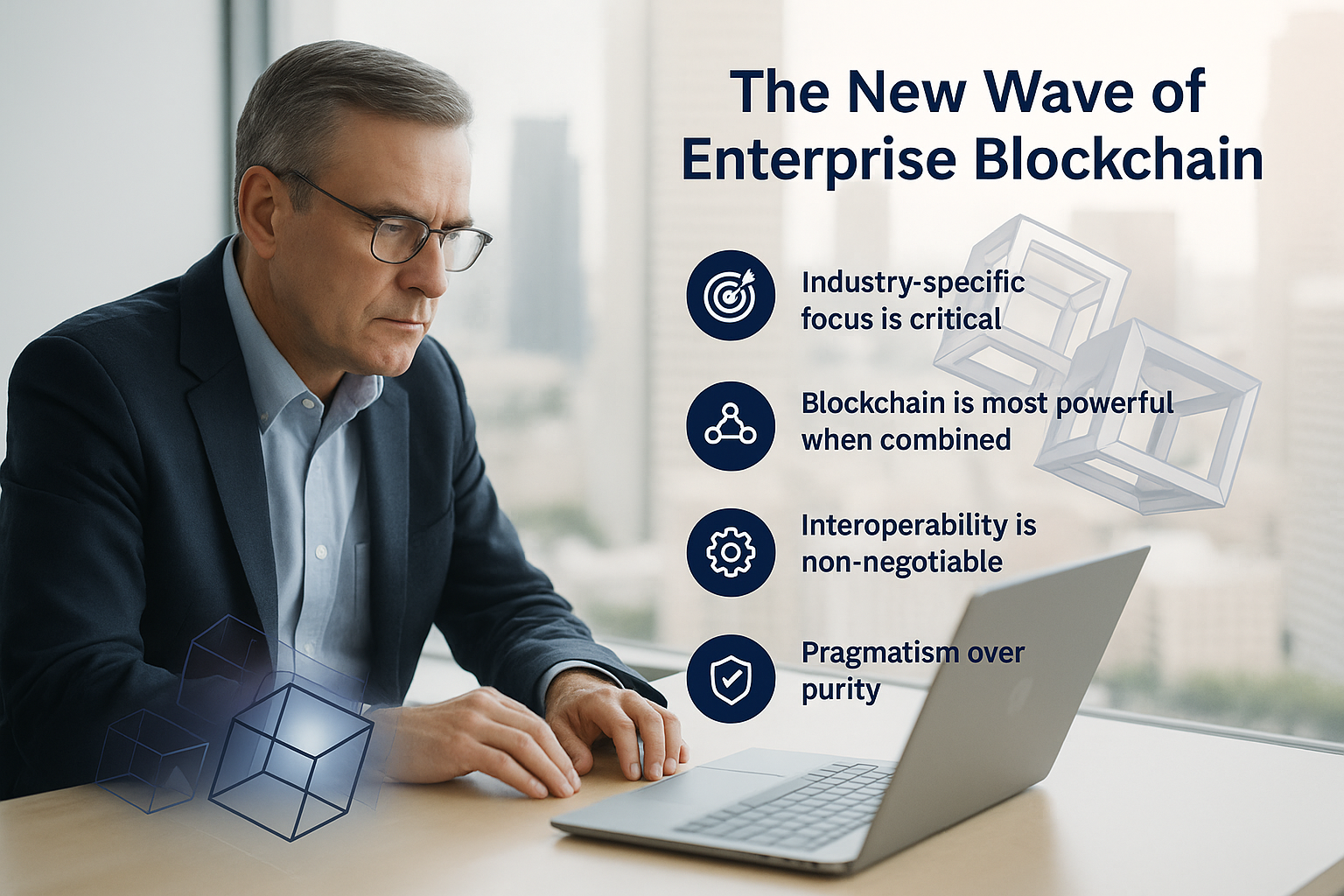The Quantum Advantage: How Near-Term Applications Will Drive Long-Term Adoption
The Path to Quantum Practicality
The promise of quantum computing has captivated technologists for decades, but the gap between theoretical potential and practical application has remained stubbornly wide. At 5IR Funds, we see this landscape shifting dramatically over the next three to five years, as near-term quantum applications create tangible value while setting the stage for more transformative capabilities.
While headlines often focus on quantum supremacy demonstrations or qubit counts, the real story of quantum’s emerging commercial value lies in three key domains: quantum simulation, optimization problems, and post-quantum cryptography.
Quantum Simulation: The First Commercial Breakthrough
Quantum computers possess an inherent advantage when simulating quantum systems. This isn’t merely an academic distinction—it promises to revolutionize industries from pharmaceutical development to materials science.
Take drug discovery, where quantum simulation can model molecular interactions with unprecedented accuracy. Researchers at QuEra Computing recently demonstrated a 256-qubit quantum processor capable of simulating complex quantum dynamics that would overwhelm classical systems1. This capability could dramatically accelerate pharmaceutical development by providing more accurate predictions of drug efficacy before entering costly clinical trials.
Similarly, in materials science, quantum simulation holds the potential to discover novel superconductors, catalysts, and battery materials by modeling electron behavior at the quantum level. IBM’s recent work demonstrates how even today’s noise-intermediate-scale quantum (NISQ) computers can effectively simulate certain material properties2.
Optimization: Solving the Unsolvable
Beyond simulation, quantum computing offers potential advantages for complex optimization problems that challenge classical computing methods.
Financial portfolio optimization, supply chain logistics, and traffic flow management all involve complex optimization challenges with exponentially growing solution spaces. While quantum computers haven’t yet definitively outperformed classical algorithms for these problems, specialized quantum optimizers like D-Wave’s quantum annealing systems are beginning to show promising results for specific use cases3.
The market opportunity here is substantial. A McKinsey analysis suggests that optimization applications could create business value in the range of $5-10 billion annually by 20304. For founders building in this space, the key insight is that commercially viable applications don’t require perfect qubits or full fault tolerance—they simply need to solve specific problems better than existing approaches.
Post-Quantum Cryptography: Security Imperative
Perhaps the most immediate commercial impact of quantum computing isn’t in what quantum computers can do, but what they threaten: our existing encryption infrastructure.
Quantum algorithms like Shor’s could potentially break RSA and ECC encryption, endangering virtually all secure digital communications. This has catalyzed the rapidly growing field of post-quantum cryptography (PQC), which aims to develop quantum-resistant encryption methods.
NIST’s recent standardization of the first PQC algorithms marks a critical milestone, signaling to organizations worldwide that preparation for quantum threats should begin now5. This creates immediate opportunities for startups focused on crypto-agility and quantum-secure communications, regardless of when large-scale quantum computers actually materialize.
The Founder Opportunity
For founders building in quantum computing, these near-term applications offer crucial pathways to revenue and validation while the technology continues to mature. The most promising startups we’re seeing aren’t trying to build universal quantum computers from scratch, but rather focusing on:
- Quantum software and algorithms designed to extract value from existing quantum hardware
- Specialized quantum systems optimized for specific high-value applications
- Hybrid classical-quantum approaches that leverage quantum advantages where they exist today
- Quantum-inspired algorithms that bring quantum computing concepts to classical systems
The quantum computing timeline is compressing. While widespread quantum advantage may still be years away, specific applications are creating commercial value now. Founders who identify these opportunities and build solutions that deliver measurable value—even on imperfect hardware—will establish the beachheads from which quantum computing’s broader revolution will expand.
References
- QuEra Computing. (2023). Quantum simulation of many-body physics with neutral-atom quantum processors. Nature.
- IBM Research. (2024). Material discovery with noisy quantum processors. Quantum.
- D-Wave Systems. (2023). Commercial applications of quantum annealing. Technical Report.
- McKinsey & Company. (2022). Quantum computing: An emerging ecosystem and industry use cases.
- National Institute of Standards and Technology. (2022). NIST announces first four quantum-resistant cryptographic algorithms.



